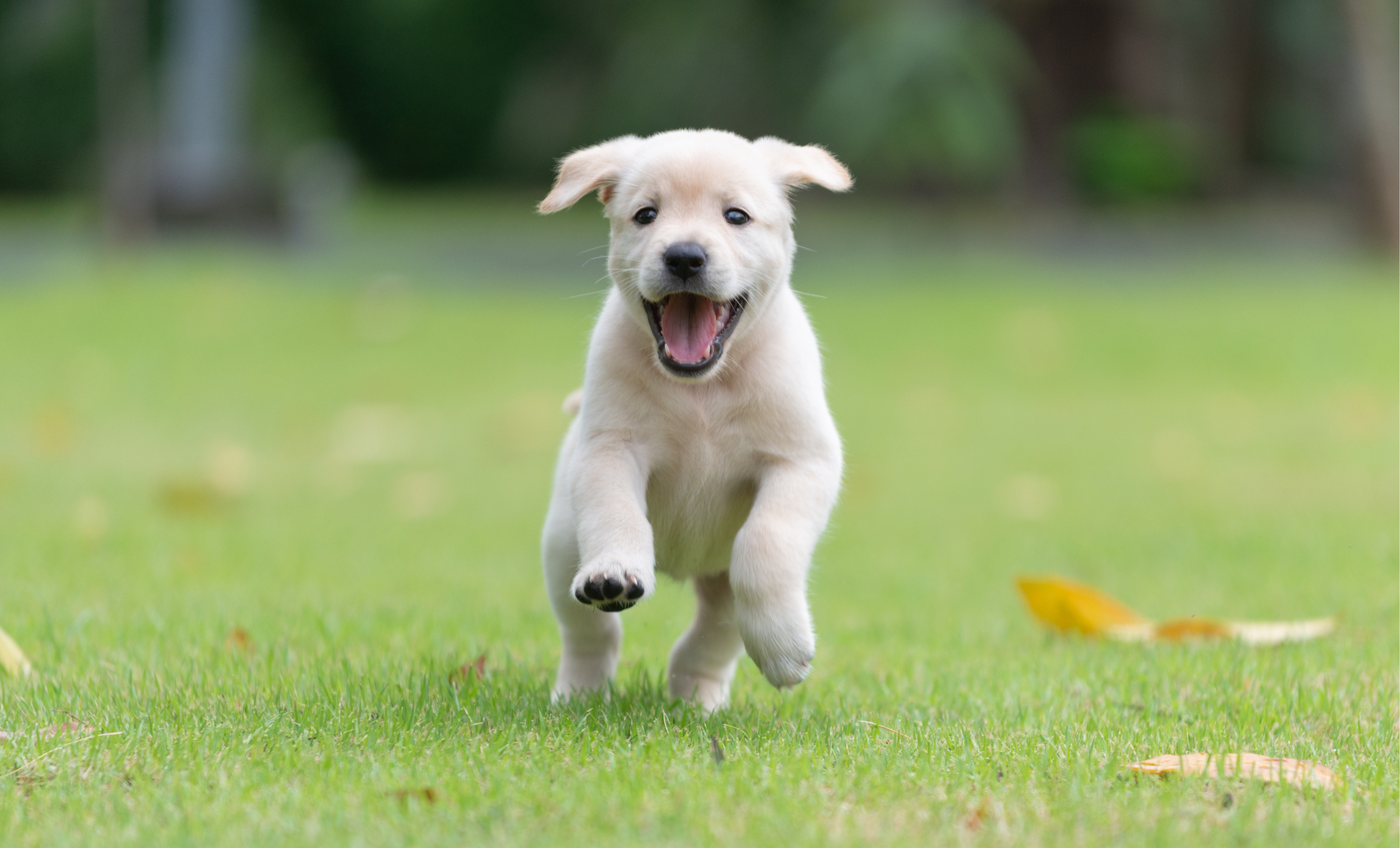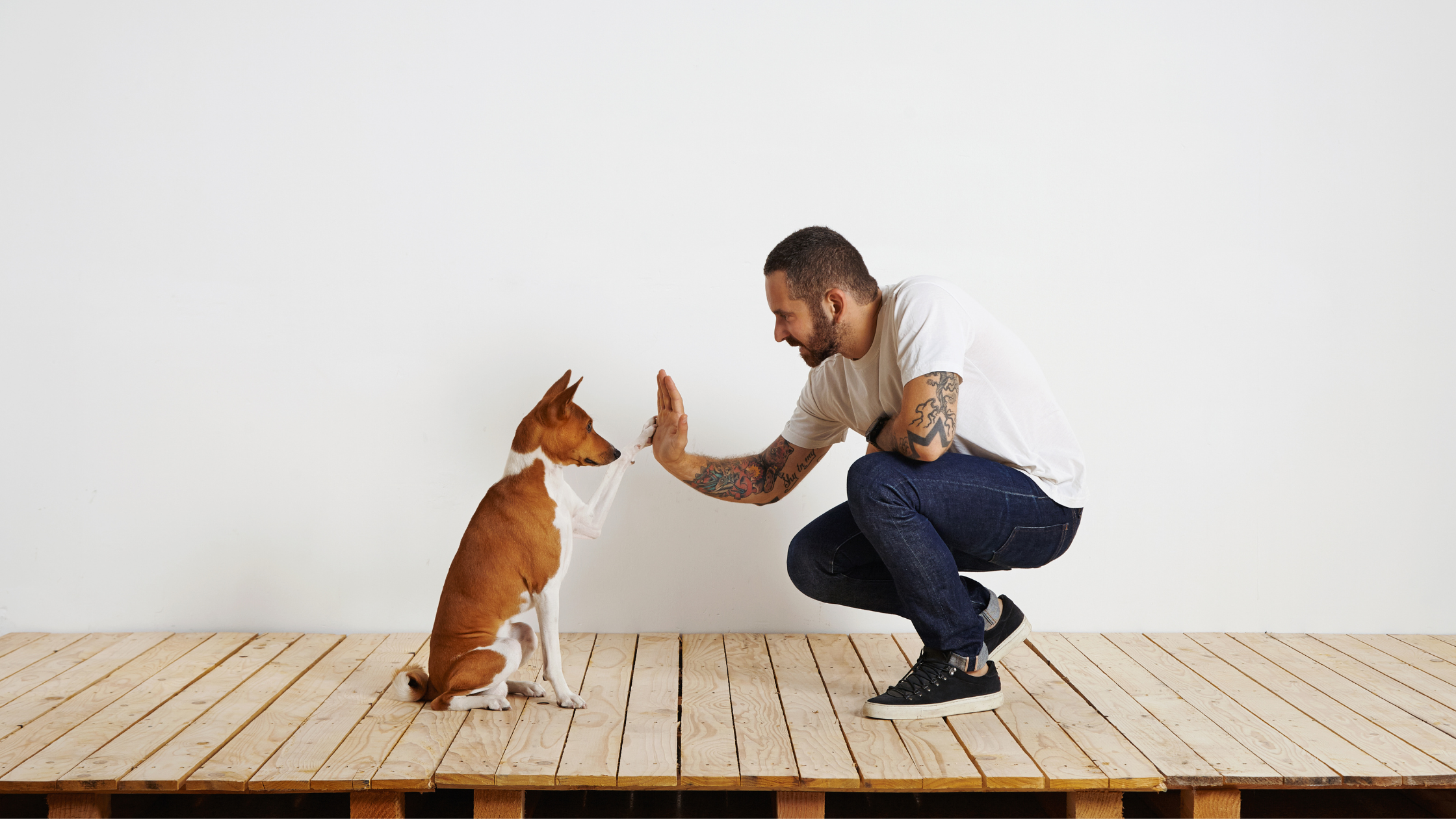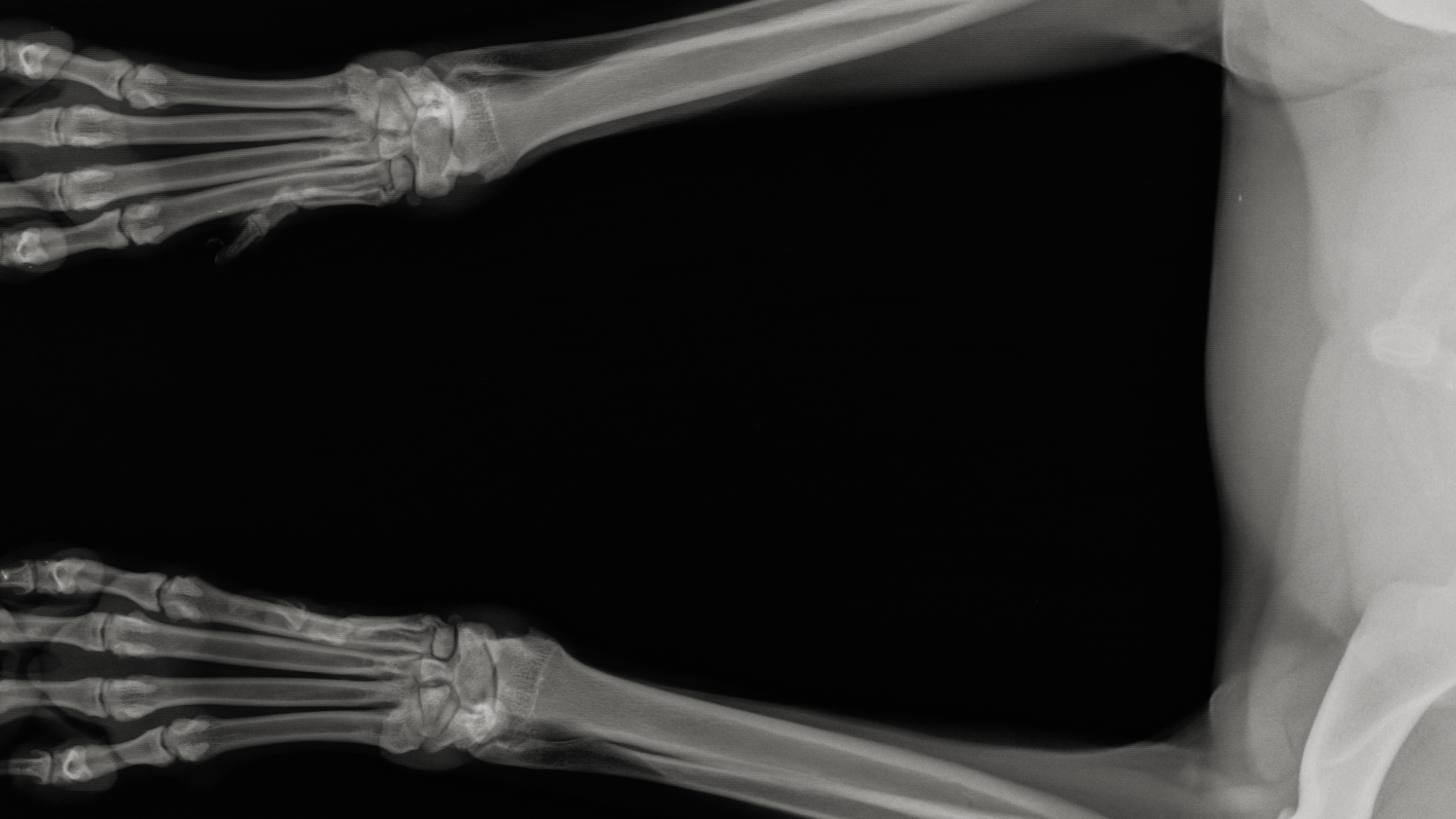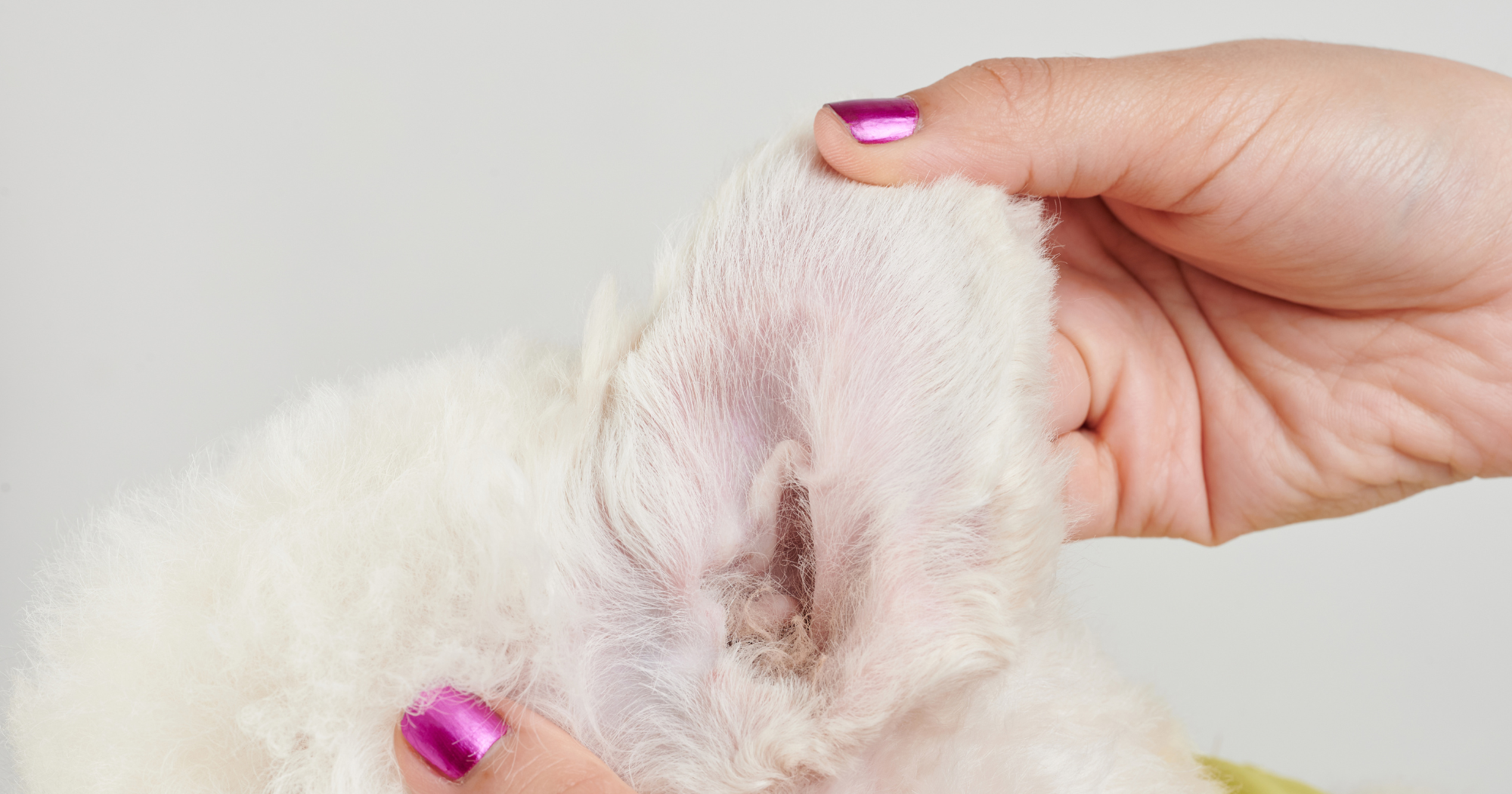
Introduction
We have decided to cover this subject purely because of the increase in injuries we are noticing and thought it essential to detail why over exercising your puppy can be detrimental. We are all aware that walking your puppy is an essential part of their physical and mental development. It helps them burn off excess energy, socialise with other dogs, and explore their surroundings. However, just like with anything in life, moderation is key. Walking a puppy too much can pose several dangers to their health and well-being. In this blog, we will delve into the potential risks of overexercising your canine pal and offer some practical guidelines for a balanced approach to puppy exercise.

The Age Factor
Puppies, like human infants, have developing bodies that require special care and attention. An 8-10 week old puppies’ bones are completely separate and do not even touch yet. They plod around on their paws in a wobbling movement because their joints are made up of muscle, tendons and ligaments all covered in skin. Nothing is tightly fitted together or has a socket yet. Overexercising a puppy, especially in their early months, can have adverse effects on their growing bones and joints. Puppies’ bones are still forming and are more susceptible to injuries and damage, and excessive walking or running can lead to skeletal problems such as joint inflammation, sprains, or even long-term structural damage.
Tired Pups
Puppies have a boundless amount of energy, but they can also tire quickly. Overexerting them with extended walks or strenuous activities can lead to physical exhaustion. An exhausted puppy may become lethargic, unresponsive, and even more prone to accidents or injuries. Just as humans need rest to recover after exercise, puppies require adequate rest and sleep to allow their bodies to develop properly. Pups need to sleep… a lot! Every big jump up or jump down from the sofa or your bed can be damaging at a young age. Playing too harshly with a ‘rough play’ approach can also easily damage bones, joints ligaments, tendons and muscles.

Behavioural Issues
Overexercising a puppy can also contribute to behavioural problems. When a puppy is excessively tired due to too much play or walking, they may become irritable, anxious, or even aggressive. This can negatively impact their socialisation with other dogs and humans, hindering their ability to learn appropriate behaviours. A puppy with bad behavioural issues will become an adult dog with those same issues. A tired puppy may also have difficulty focusing on training sessions, making it challenging to teach them essential commands and behaviours. So it’s essential to be mindful of what a puppy can and cannot cope with at such a young age.

Joint And Muscle Strain
Puppies have soft, developing muscles that are not yet prepared for intense physical activities. Overexercising can strain their muscles, leading to discomfort and potential injuries. In particular, high-impact activities like long runs or jumping can put undue stress on a puppy’s developing musculoskeletal system, increasing the risk of muscle strains and tears.

Cognitive Development & Enrichment Toys
Physical exercise is undoubtedly important for a puppy’s overall well-being, but mental stimulation is equally vital. Overemphasising physical activity at the expense of mental enrichment can hinder a puppy’s cognitive development. Puppies need opportunities to explore and engage with their environment, as this helps them learn and adapt to new situations. Neglecting mental stimulation may result in a less adaptable and potentially anxious adult dog. We supply an expanse of enrichment toys to boost your puppy’s cognitive development and prevent boredom.
Strike A Balance
Balancing exercise and rest is crucial for a puppy’s health and development. Here are some Dec’s Pets guidelines to help you find your puppy’s balance:
- Consult with a veterinarian: Always consult with your vet to determine the appropriate exercise routine for your puppy based on their breed, age, and health.
- Consider age-appropriate activities: Match your puppy’s exercise to their age and breed. Short, frequent walks and playtime are more suitable for young puppies, while older dogs may handle longer walks.
- Pay attention to your puppy’s signals: Watch for signs of fatigue, such as excessive panting, lagging behind, or lying down during a walk. Adjust the intensity and duration of exercise accordingly.
- Prioritize mental stimulation: Incorporate puzzle toys, training sessions, and interactive play to stimulate your puppy’s mind in addition to physical activity.
- Provide ample rest: Puppies need plenty of sleep and rest to support their growth. Ensure they have a quiet, comfortable space to relax. and make sure their bed is sturdy enough to support their joints.

Conclusion
To ensure the health and well-being of your puppy, it’s essential to provide them with appropriate exercise based on their age, breed, and individual needs. Consult with your veterinarian or a professional dog trainer to create a suitable exercise plan that promotes healthy growth and development while avoiding the risks associated with overexercising.




